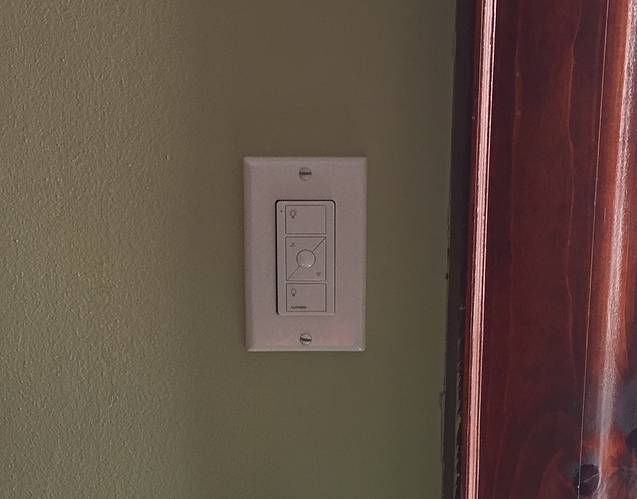One more thought:
The Definition of "Smart Switch" Varies by Context, But There is one Simple One
There's a technical definition of "switch" that matters to people like me (network engineers) but definitely doesn't matter to the people who write marketing blurbs or name products, and doesn't matter to most people buying home automation.
Instead, the term "smart switch" is used for pretty much any device which uses network communications to cause another device to act, whether that is by talking to it directly, by controlling current, or by sending a message to the hub. So it doesn't really matter whether the technical device class is "switch", "multi level switch" (dimmer), remote, scene controller, button, whatever. If you are writing your own device driver, you will have to know. But otherwise, it's just a thing you use to initiate an event on another thing.
A smart bulb is a bulb which includes a radio so that it can receive network commands.
A smart switch in this context could be hardwired, battery operated, controlling current or not, whatever. It's usually just one big bucket that we use to distinguish an initiator device that hears/sends network commands from one that doesn't.
A smart bulb is different because it's not an initiator in and of itself, although you might set up other devices to you "follow" or "mirror" it.
So when we say "smart switch" most of the time we're just distinguishing between that and a dumb switch.
Distinctions that Matter to Some People but Not Others
If you want to distinguish between a device that controls current and one that doesn't, it's usually better to just go ahead and say that with the long phrases. That way nobody will get confused.
If hard wired versus battery operated is important to you, then again use the long phrases.
And if dimmer switch versus plain on/off switch matters, again, use the long phrases.
The issue we run into is that if you try to use just the term "switch" you're going to run into problems because it actually has different meanings in different contexts for home automation. People like me who have to worry about the deep down technical details will then have to ask the questions to elicit the long phrase descriptions anyway, just to make sure were all talking about the same thing.
Remotes, Also
So in your case, honestly I would just drop the short term "remote" all together, it's only going to muddy the waters. You could say "pico remotes" because then you are talking about a specific brand and model. But "remote" itself just has a lot of different meanings and they vary by manufacturer.
Describe what you want to do in terms of what matters to you. Don't bother trying to parse the exact terminology.
I know all this is super confusing when you just start out.  That's why it's better to give examples with details of the use case, or specific model numbers, rather than trying to just use technical terminology which might mean one thing to one person and something else to someone else.
That's why it's better to give examples with details of the use case, or specific model numbers, rather than trying to just use technical terminology which might mean one thing to one person and something else to someone else.
You can say "smart switch" for pretty much any device Which will initiate the network sequence that causes another device to do something and everybody will understand what you mean. As soon as you start trying to parse it more finely, though, we're going to end up with 57 posts about just what a "switch" is. 
(just as one example, it's going to drive me crazy until I point out that Lutron switches are indeed "smart switches" even though they aren't using either zwave or Zigbee. And even though they are mostly dimmers. Feel free to ignore this entire paragraph. LOL!
But this is exactly the kind of discussion I think we can all agree we can usually dispense with all together unless we're talking about The technical details of the messages being transmitted over the network.)


 If your post is not irrelevant (which it wasn't) or offensive, you might consider leaving the question up, especially long enough to get an answer, so someone else with a similar question could benefit.
If your post is not irrelevant (which it wasn't) or offensive, you might consider leaving the question up, especially long enough to get an answer, so someone else with a similar question could benefit. As such, I want to maintain both the simplicity and ease of dumb switches, as well as maintain their functionality. In other words, I'll probably add touch-screens/control panels later, but they will be relegated to a couple of high activity/seating areas and not used as the primary day-to-day way to do the simple stuff (essentially, they'll be admin panels for family/guests
As such, I want to maintain both the simplicity and ease of dumb switches, as well as maintain their functionality. In other words, I'll probably add touch-screens/control panels later, but they will be relegated to a couple of high activity/seating areas and not used as the primary day-to-day way to do the simple stuff (essentially, they'll be admin panels for family/guests  )
)
